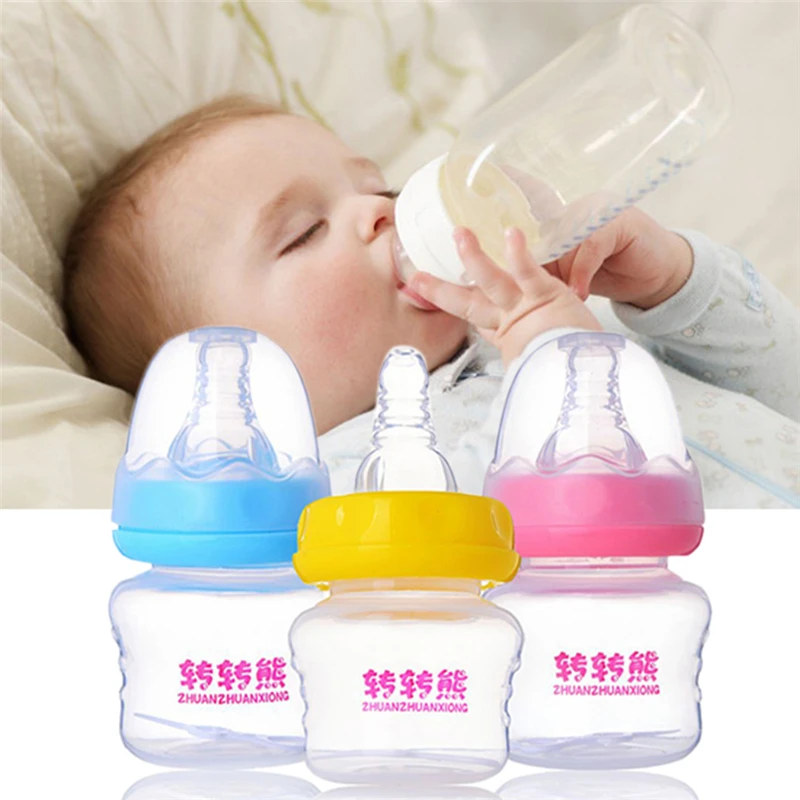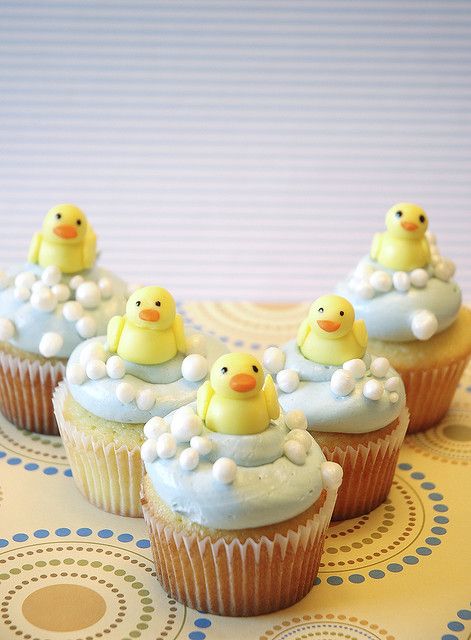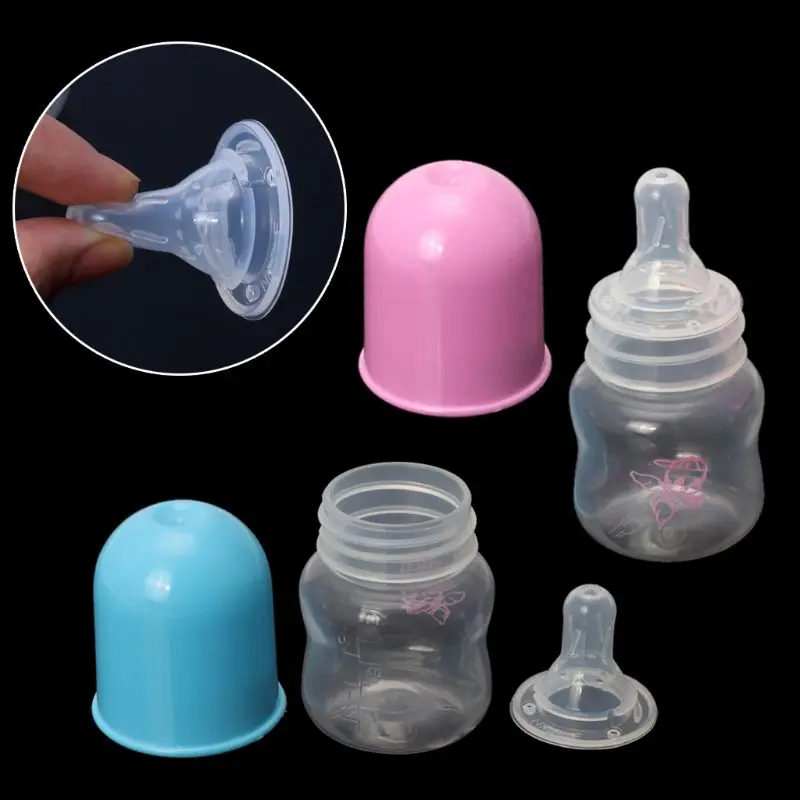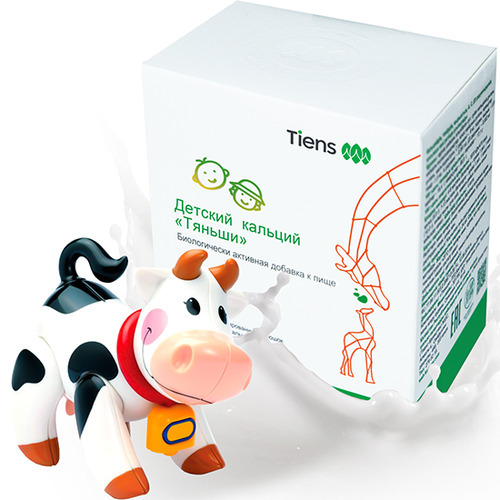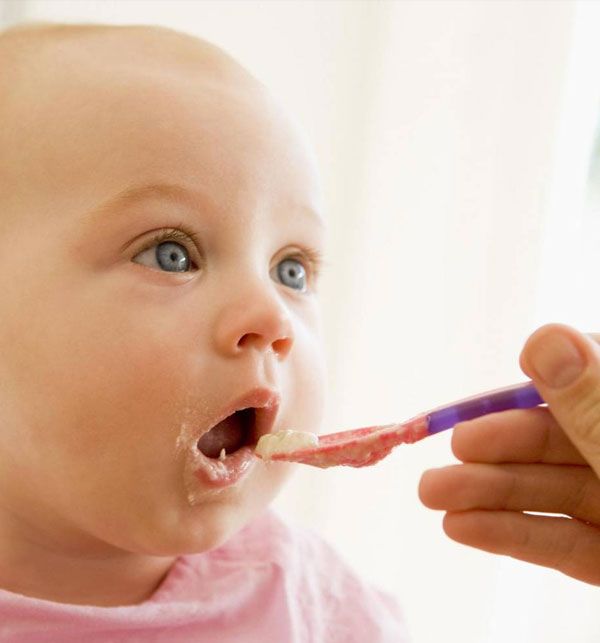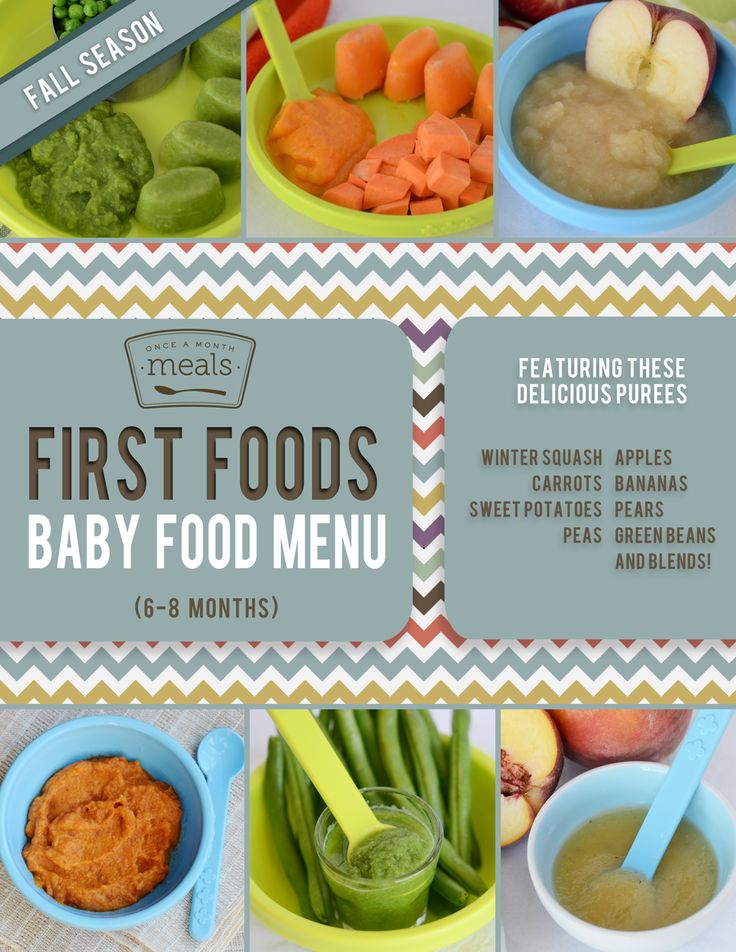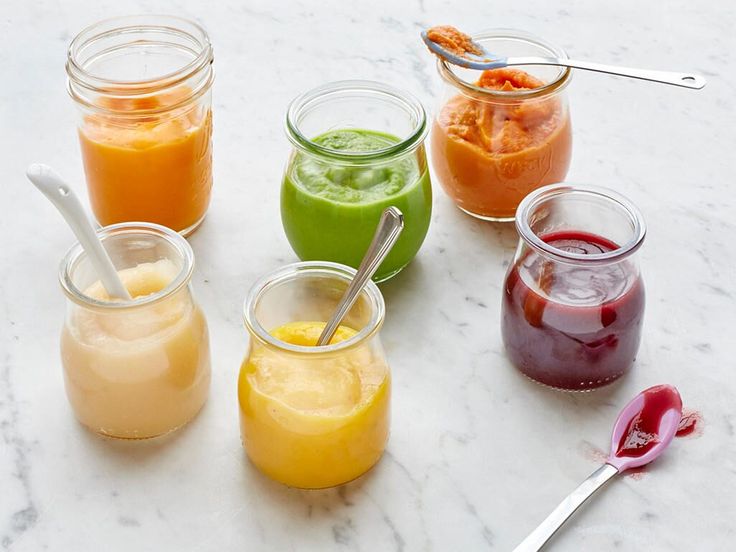Baby feeding bottles boots
Boots Number 8 of 9 in Baby Feeding Bottles
- Home
- Baby Feeding Bottles
- Boots
Not widely used. Low product quality and overall ratings.
Positive
- Some comments say their babies like the bottles.
Negative
- Low Product Quality rating
- Low Overall Rating
"The bottles are good value for money and average bottles ideal for older babies." Selected Review
296 Ratings
Overall Rating
Value for Money 3/5
Quality 3/5
Awareness 2/5
Loyalty 0/5
Popularity 0/5
Most Helpful Reviews
The bottles are good value for money and average bottles ideal for older babies.
28/05/2016
Value for Money 3/5
Quality 3/5
Is this review helpful? (1)
These are very good. Sturdy teats, we'll priced, good allrounder.
29/05/2016
Value for Money 5/5
Quality 4/5
Is this review helpful? (1)
Reviews (106)
Expensive
14/01/2022
Value for Money 3/5
Quality 4/5
Is this review helpful? (0)
Expensive
14/01/2022
Value for Money 3/5
Quality 4/5
Is this review helpful? (0)
Expensive
14/01/2022
Value for Money 3/5
Quality 4/5
Is this review helpful? (0)
Expensive
14/01/2022
Value for Money 3/5
Quality 4/5
Is this review helpful? (0)
Expensive
14/01/2022
Value for Money 3/5
Quality 4/5
Is this review helpful? (0)
Expensive
14/01/2022
Value for Money 3/5
Quality 4/5
Is this review helpful? (0)
Good quality & babies like the bottles
08/05/2021
Value for Money 4/5
Quality 4/5
Is this review helpful? (0)
Very good quality, good price
17/04/2021
Value for Money 5/5
Quality 5/5
Is this review helpful? (0)
Basic bottle and teat design.
22/03/2021
Value for Money 3/5
Quality 2/5
Is this review helpful? (0)
Used this bottle when baby was struggle but infact only used a couple of times as baby was fine with others.
08/03/2021
Value for Money /5
Quality 4/5
Is this review helpful? (0)
Categories
Follow Us
The information and content on this website is © The Best for Baby 2016 and may not be reproduced or redistributed elsewhere without written permission from TB4B Ltd.
Disabilities and Medical Conditions | Transportation Security Administration
MedicationsMedications in pill or other solid form must undergo security screening. It is recommended that medication be clearly labeled to facilitate the screening process. Check with state laws regarding prescription medication labels. You are responsible for displaying, handling, and repacking the medication when screening is required. Medication can undergo a visual or X-ray screening and may be tested for traces of explosives. Inform the TSA Officer Inform the TSA officer that you have medically necessary liquids and/or medications and separate them from other belongings before screening begins. Also declare accessories associated with your liquid medication such as freezer packs, IV bags, pumps and syringes. Labeling these items can help facilitate the screening process. 3-1-1 Liquids Rule Exemption TSA allows larger amounts of medically necessary liquids, gels, and aerosols in reasonable quantities for your trip, but you must declare them to TSA officers at the checkpoint for inspection. Remove medically necessary items from your carry-on bag. These items will be screened separately from your other belongings. You are not required to place your medically necessary liquid, gel, or aerosol in a plastic zip-top bag. The 3-1-1 liquids rule exemption allows certain items to be carried in the cabin of the aircraft when the item is declared and it is:
Common examples of medically necessary liquids, gels, and aerosols include but are not limited to:
Common examples of liquids, gels, and aerosols that are NOT medically necessary onboard or are usually available at a destination, and are subject to the 3-1-1 rule, include but are not limited to:
Accessories Ice packs, freezer packs, gel packs, and other accessories may be presented at the screening checkpoint in a frozen or partially-frozen state to keep medically necessary items cool. All items, including supplies associated with medically necessary liquids such as IV bags, pumps, and syringes must be screened before they will be permitted into the secure area of the airport. Screening TSA officers may test liquids, gels or aerosols for explosives or concealed prohibited items. If officers are unable to use X-ray to clear these items, they may ask to open the container and transfer the content to a separate empty container or dispose of a small quantity of the content, if feasible. Inform the TSA officer if you do not want your liquid medication to be screened by X-ray or opened. Additional steps will be taken to clear the liquid and you will undergo additional screening procedures to include a pat-down and screening of other carry-on property. |
Baby won't take a bottle | Philips Avent
search support iconSearch Keywords
Home ›› What to do when your baby refuses a bottle
↑ top
any problems. If your breastfed baby refuses a bottle, don't worry. This is a common occurrence in many babies who are used to breastfeeding. Obviously, this can create certain difficulties for moms, especially if you need to return to work in the near future.
3 Philips Avent products to help you bottle feed:
So why is your baby refusing to bottle and crying? There are many ways to quickly and easily teach a breastfed baby to a bottle. Here are important tips on what to do when your baby refuses a bottle.
Is the baby refusing the bottle? Take a step back
If your baby cries while bottle feeding, the first thing to do is to start over and rethink your feeding approach and technique. Try the following steps when bottle feeding your baby: [1]
Try the following steps when bottle feeding your baby: [1]
- Lift and tilt your baby's head forward. Before inserting the pacifier into the baby's mouth, make sure that the baby's head is raised and tilted over his body to avoid choking: so that the baby does not choke and have the opportunity to burp during bottle feeding.
- Insert the pacifier. Bring the pacifier to the baby's lips and gently guide it into the baby's mouth. In no case do not try to press the nipple on the baby's lips and try to push it into his mouth. After touching the pacifier to the baby's lips, wait for the baby to open his mouth and take the pacifier.
- Hold the bottle at an angle. Tilt the bottle at an angle so that the nipple is only half full. So the child can eat at his own pace.
- Let the baby burp during and after feeding. It can be useful for a child to burp not only after feeding, but also approximately in the middle of the process. This will help reduce gas or tummy discomfort that your baby may experience from swallowing too much air.

- Stop in time, do not overfeed the baby. If the baby begins to turn his head away from the bottle or closes his mouth, then he is full and you need to stop feeding.
- Perhaps the flow of milk from the nipple to the baby is weak or, on the contrary, too fast, so he is naughty and refuses the bottle. Try changing the nipple to a nipple with a different flow.
Other tips if your baby refuses the bottle
If you've followed the steps above and your baby still refuses the bottle, don't worry. There are other ways to help bottle feed your baby. Here are some simple tricks you can add to your bottle feeding process. [2]
1. Remind your child about mom.
Sometimes a child can be fed by someone other than his mother - dad, grandmother or, for example, a nanny. If your baby fusses while bottle feeding, try wrapping the bottle in something that smells like mommy, like a piece of clothing or some fabric.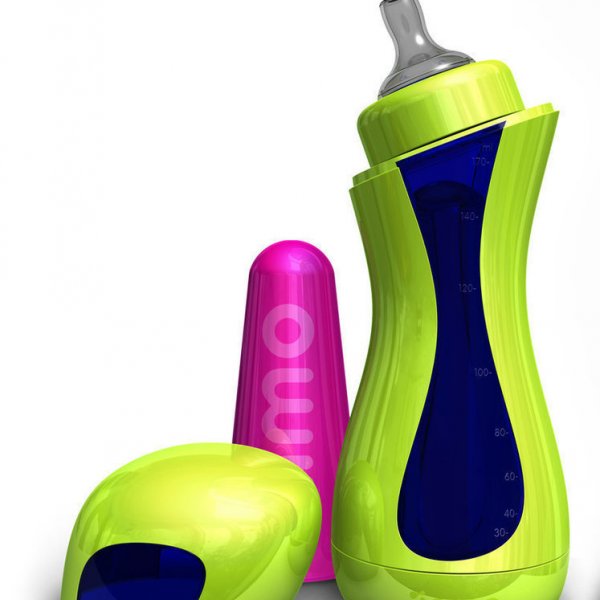 This will make it easier to feed the baby when the mother is not around.
This will make it easier to feed the baby when the mother is not around.
2. Try to maintain skin contact while bottle feeding.
Some babies need contact with their mother, so try bottle feeding while leaning against you. However, some babies are better at bottle feeding when they are in the exact opposite position than when they are breastfed. For example, there is a position with bent legs. Lay the child on your bent knees, facing you, pointing the child's legs towards your stomach. During feeding, the baby will be able to look at you and contact you in this way. If your baby refuses a bottle, experiment to see which works best.
3. Move while feeding.
Sometimes all it takes to get your baby to take the bottle is a little wiggle or walk. The next time your baby starts crying while bottle feeding, try moving around a little rhythmically to calm him down.
4.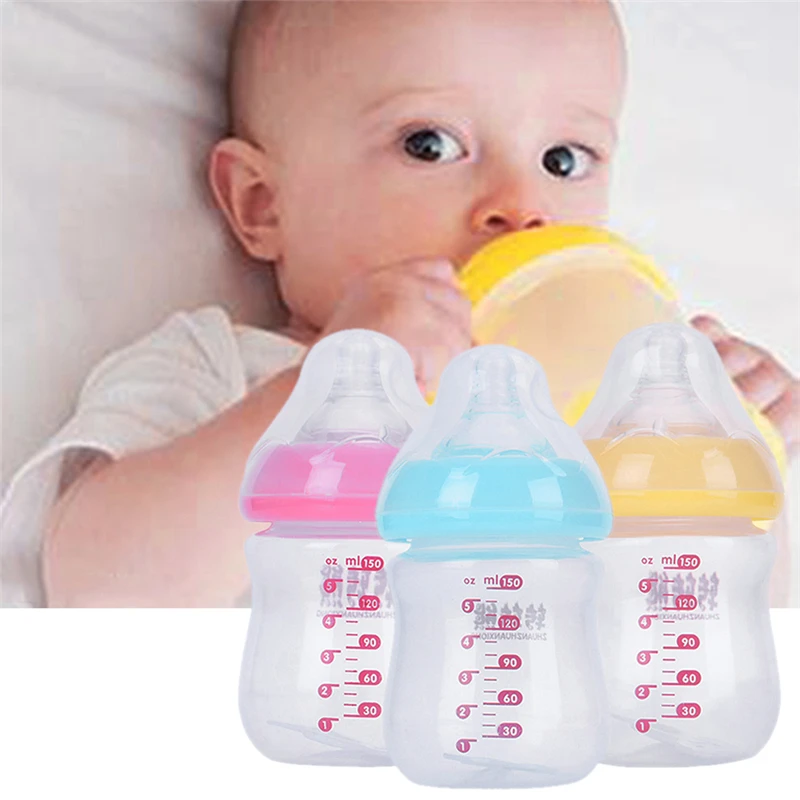 Try changing the milk temperature.
Try changing the milk temperature.
If the baby still does not want to take the bottle, check if the milk in the bottle is too hot or too cold. Before feeding, put some warm breast milk on the inside of your wrist to check the temperature. Milk should be warm, but if it seemed hot to you, just place the bottle for a short while under a stream of cold water.
Choosing the right bottle for your baby If you plan to combine bottle feeding with breastfeeding, it is advisable to choose bottles with a nipple that will have a wide base as the bottle will grip closer to the breast. Also pay attention to the fact that the nipple is firm and flexible, the child must make an effort to drink from the bottle, as well as from the breast. Give preference to nipples with an anti-colic valve that vents air out of the bottle.
Natural bottle allows you to combine breast and bottle feeding. 83.3% of babies switch from a Natural bottle to breastfeeding and back. *
*
If you choose a bottle for artificial feeding, traditional bottles are fine, but it is desirable that the nipple is made of a hypoallergenic material, such as silicone, has an anti-colic valve and did not stick together when bottle fed. In case your baby spit up often, then use special bottles with anti-colic and anti-reflux valve, which reduces the risk of spitting up and colic.
Bottle with unique AirFree valve reduces the risk of colic, gas and spitting up. With this bottle, you can feed your baby in an upright or semi-upright position to reduce spitting up. Due to the fact that the nipple is filled with milk and not air during feeding, the baby does not swallow air, which means that feeding will be more comfortable.
Both bottles are indispensable if you want to breastfeed, bottle feed or just bottle feed your baby.
“My baby refuses to breastfeed but bottle feeds – help!”
Sometimes a baby gets used to bottle feeding and refuses to breastfeed. Therefore, it is important to use bottles that are suitable for combining breastfeeding with bottle feeding. If, nevertheless, you are faced with the fact that the child refuses to take the breast, try using silicone nipple covers to make the transition from the bottle to the breast and back more imperceptible.
Therefore, it is important to use bottles that are suitable for combining breastfeeding with bottle feeding. If, nevertheless, you are faced with the fact that the child refuses to take the breast, try using silicone nipple covers to make the transition from the bottle to the breast and back more imperceptible.
Remember that if you want to combine breastfeeding and bottle feeding, it is worth waiting at least a month before offering a bottle, so that you are lactating and have time to get used to each other and develop a breastfeeding regimen.
Breastfeed and bottle feed your baby with pleasure
Remember that it takes a while for your baby to get used to bottle feeding. This is completely normal. If you have to go to work, be sure to set aside enough time to bottle train your baby beforehand.
Remember that every child is different, so what works for one may not work for another. With a little time and patience, you will find out what works best for your baby when he refuses a bottle.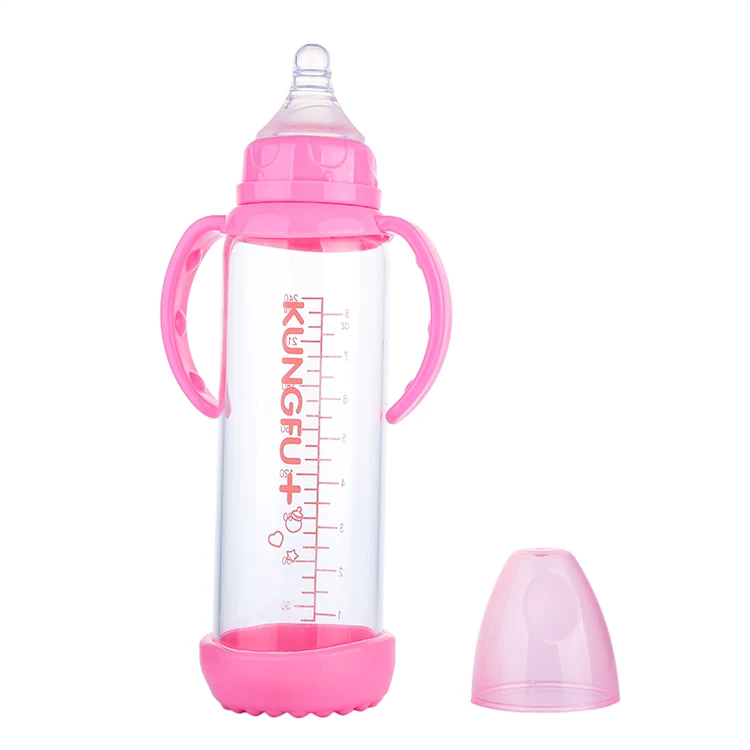
You will identify your child's unique needs. However, if your baby still refuses the bottle after all the steps above, check with your pediatrician.
Articles and tips from Philips Avent
References:
*O.L. Lukoyanova, T.E. Borovik, I.A. Belyaeva, G.V. Yatsyk; NTsZD RAMS; 1st Moscow State Medical University THEM. Sechenova, "The use of modern technological methods to maintain successful breastfeeding", RF, 10/02/2012 3 llli.org - The Baby Who Doesn't Nurse
llli.org - Introducing a Bottle to a Breastfed Baby
Baby+ app
Download the app and track your child's development and growth with trackers and save those special moments forever.
Download app:
You are leaving the Philips Healthcare (“Philips”) official website. Any links to third party websites that may be included on this site are provided solely as a convenience to you. Philips makes no warranties regarding any third party websites or the information they contain.
I understand
You are about to visit a Philips global content page
Continue
You are about to visit the Philips USA website.
I understand
Baby feeding accessories and utensils
Related products: Dishes for feeding | Bottles and nipples | Sterilizers and bottle warmers
A set of baby utensils is a necessary and affordable attribute of every family's life today, without which modern young parents cannot imagine feeding their child now, since it is convenient, safe and takes much less time to eat. For example, a plate with a suction cup is securely fixed on the surface of the table, protecting the baby from spilled hot soup or other contents. Moms and dads are happy - the child is protected from burns, his clothes are always clean. Far in the past is the time when kids were forced to eat from the same plates as adults, because dishes for children were in short supply and, as they said then, they had to “get it”.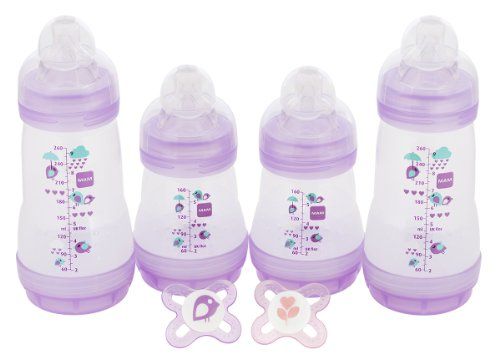 But not every person had such an opportunity. Now, fortunately, you can buy children's dishes in order to please your child and at the same time make your life easier, in almost any supermarket or specialized store. And in order for you to be sure of the quality of the purchased goods, it would be better, of course, to contact those sellers who have been on this market for more than a year and are able to give a guarantee for the products sold. We recommend you the Ortop medical store, which has been successfully operating in Ukraine for more than 10 years and during this time has gained a huge number of satisfied and grateful customers who come again and again for the things they need. There is a wide range of not only baby dishes on suction cups, but also feeding bottles, various baby nipples, including bottle nipples, baby food warmer, bottle sterilizer and other utensils for small children. We are waiting for you here: polite free consultation of specialists with higher education, who will help with the choice and give the right competent advice, as well as the possibility of delivering selected goods to your home:
But not every person had such an opportunity. Now, fortunately, you can buy children's dishes in order to please your child and at the same time make your life easier, in almost any supermarket or specialized store. And in order for you to be sure of the quality of the purchased goods, it would be better, of course, to contact those sellers who have been on this market for more than a year and are able to give a guarantee for the products sold. We recommend you the Ortop medical store, which has been successfully operating in Ukraine for more than 10 years and during this time has gained a huge number of satisfied and grateful customers who come again and again for the things they need. There is a wide range of not only baby dishes on suction cups, but also feeding bottles, various baby nipples, including bottle nipples, baby food warmer, bottle sterilizer and other utensils for small children. We are waiting for you here: polite free consultation of specialists with higher education, who will help with the choice and give the right competent advice, as well as the possibility of delivering selected goods to your home:
- in Kyiv - by courier or mail;
- to other regions of Ukraine - by the "Nova Poshta" service.

All baby utensils including glass feeding bottles, baby pacifiers, sterilizers, bottle warmer and more are warranted and certified. This means that they are safe for your child and will serve him for a long time.
Payment is accepted in any way convenient for you.
We invite everyone to visit our medical stores located in Kyiv and other cities of the country, where they will be happy to help you choose any set of dishes for children of different ages.
For the little ones, we offer to buy a bottle sterilizer so that your baby is protected from various infectious diseases, viruses and parasitic infections, as well as feeding nipples and bottles for newborns.
Before buying a feeding bottle, a young mother needs to figure out what types of such containers exist and what materials they are made of.
Available in glass, plastic, polypropylene and silicone. Glass containers are not very convenient because they can break, but at the same time, they are hygienic and can withstand repeated sterilization.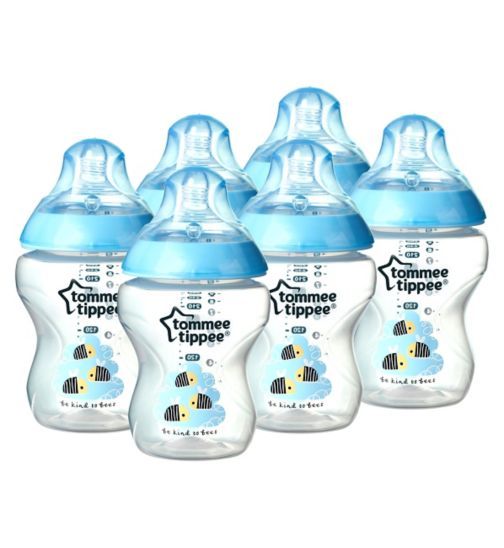
Plastic products are lighter in weight, it will be more convenient to take them by hand for both you and the baby, as well as on the road and for a walk, but, unfortunately, they wear out faster and are not as environmentally friendly as compared to glass ones.
Silicone is a high quality material, making baby feeding bottles lightweight, versatile, suitable for both liquid and solid foods. The disadvantage is that inside they can be colored by the color of the content.
In addition to simple glass products that are familiar to us, modern manufacturers produce an improved look: heat-sensitive glass baby bottles, which are made of dense and at the same time very light borosilicate glass, and on the outside are covered with colored silicone protection that softens the fall and holds glass fragments inside if the container is accidentally broken . It protects mother and child from cuts. But such dishes have another important detail, which is the ability to change their color if the temperature of its contents is too high.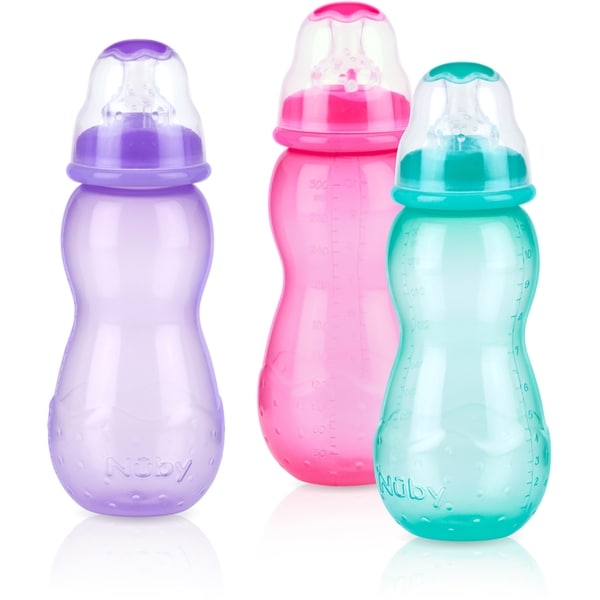
Standard baby bottles are generally cylindrical. But some of them can be narrow and elongated. They are compact, easy to use, but can turn over at the most inopportune moment when liquid is poured into them. Therefore, wide-mouth containers are still the most popular among users, since they are stable, easy to clean and can be filled with absolutely any drinks and food.
For older children, a figured bottle is more often chosen, narrowed in the middle (ergonomic) with a ribbed surface, making it very comfortable to hold in your hand. The disadvantage is that such a model is difficult to qualitatively wash from the remnants of the contents.
What else you need to pay attention to if you need a bottle for feeding newborns - its volume. For children who have recently come into this world, as a rule, they choose containers with a volume of 80 - 150 ml. For the age of six months, a more capacious bottle will already be needed - 250 ml. and more. Small models are used mainly for storing juices, water and various other drinks.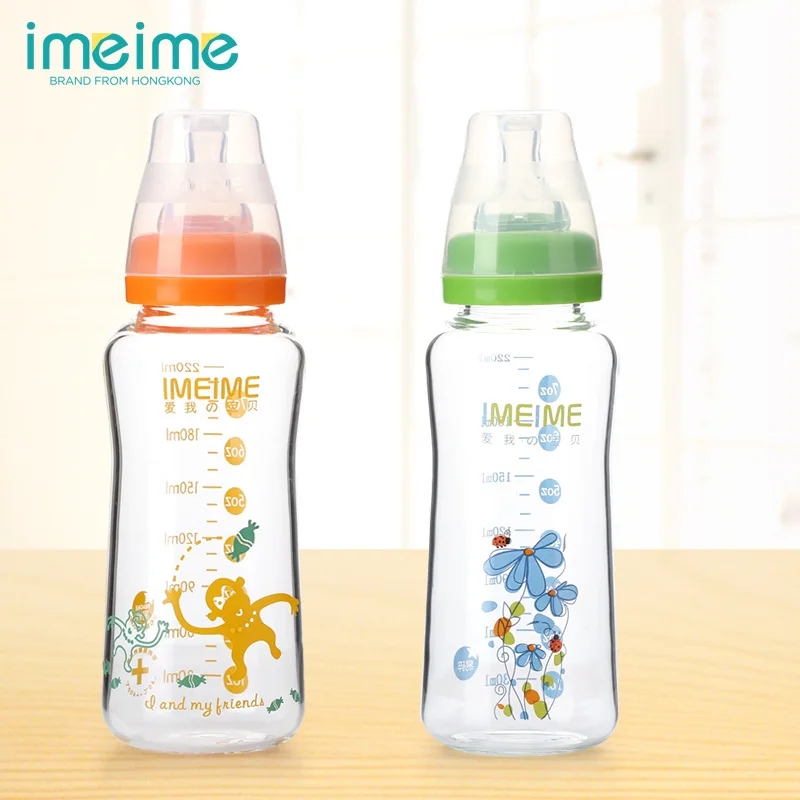 And bottles with a large volume are already designed for thicker foods - soups and cereals.
And bottles with a large volume are already designed for thicker foods - soups and cereals.
Most often, baby bottles are marked with a measuring scale indicating milliliters of contents, which helps parents organize their baby's diet. It is much better if these numbers are convex, and not drawn, which are quickly erased from frequent washing and sterilization.
There are also models for premature babies, special baby bottles and teats included, the advantages of which are as follows:
- baby can eat small meals without choking;
- absorption of mother's milk or formula is greatly facilitated;
- The movement of milk or other liquid from the nipple back into the bottle is prevented;
- these containers are threaded to fit all electric breast pumps;
- saving the strength and time of a young mother;
- reduces the risk of colic, gas and regurgitation in a child.
In connection with the last point, it is worth mentioning that if a newborn has such problems, you will need an anti-colic bottle, which your local pediatrician will surely recommend to buy. Anti-colic baby bottles have a curved shape and a uniquely designed valve system to prevent air from entering the baby's stomach.
Anti-colic baby bottles have a curved shape and a uniquely designed valve system to prevent air from entering the baby's stomach.
When a baby appears in the house, parents will definitely have to buy him a pacifier. To begin with, let's figure out what nipples for babies are offered to us by modern manufacturers. The first thing you should pay attention to when choosing is the flow of food and its pressure, which depends on the size of the holes and their number. Based on this factor, products are divided into 6 types:
- Minimal (zero) - designed for infants up to 6 months of age who are formula fed to receive additional fluids (for example, tea, juice, fruit drink, etc.).
- Slow Flow (1) - Ideal for neonates up to 6 months and premature babies. Well suited for the consumption of liquids and those who are older.
- Medium (2) - recommended for babies 6 - 12 months. And also - for babies who have reached a year old, for tea and other drinks.
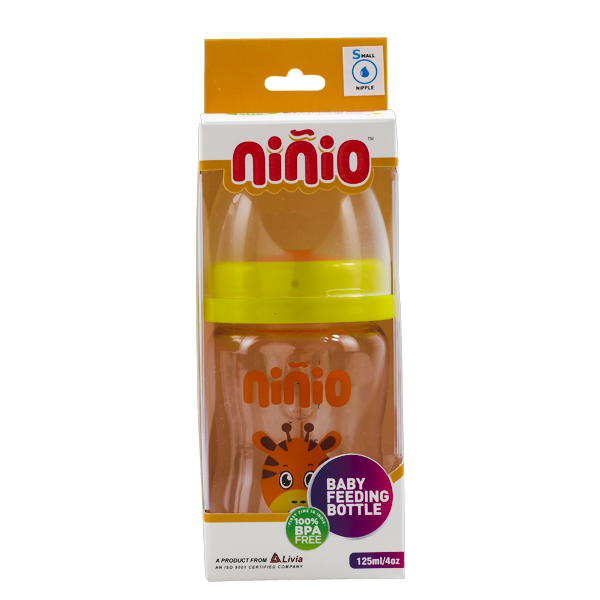
- Quick (3) - for children over 1 year old. But for thick food, this nipple is not suitable.
- For thick foods (4) for porridge and other thick contents of a baby bottle.
- Adjustable flow (5) is the best choice for babies from 3 months. Allows you to easily set the desired pressure of food or liquid: slow, medium or fast.
An important point is the size of the hole in the nipple, it should not be too big or too small. In the first case, it will be very easy for the baby to suck, and he can refuse his mother's breast, and in the second, the baby will quickly get tired and refuse such a nipple.
New mothers should be aware that the number of holes in the nipple should be larger for thick foods, and fewer for drinks, water and liquid foods.
It is very good if the nipple on the bottle for a newborn baby and the bottle itself are from the same manufacturer. This will give you a guarantee that they will fit perfectly in size and the contents will not leak.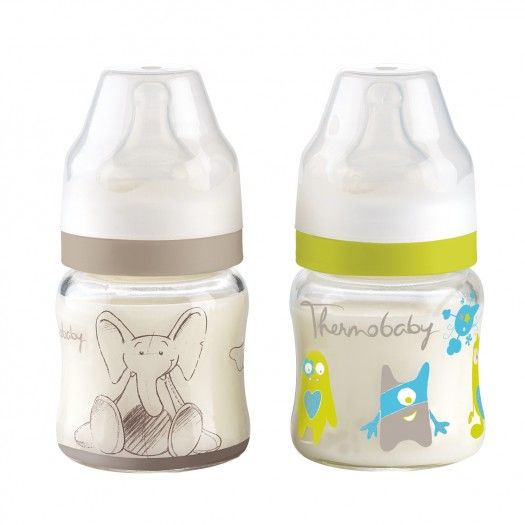
A nipple for a newborn is also selected individually, based on the age of the baby and the material of manufacture.
Round (regular) feeding nipple, reminiscent of the mother's nipple - a great option for the little ones who are breastfed or mixed. Anatomical or orthodontic repeats the shape of the baby's palate, helping its correct formation. It can have various shapes (elongated, flattened, etc.).
The material from which the teats for feeding the newborn are made is also of several types:
Silicone - anti-allergic, odorless. which may well serve you for several years. But the price will be quite high, compared with their counterparts.
Latex . These nipples will cost less than silicone ones, but they are also short-lived, quickly darken and crack, so they will have to be changed every 2-3 weeks. In addition, such products have a taste of rubber.
Another must-have in the house when a new family member arrives - a baby bottle sterilizer.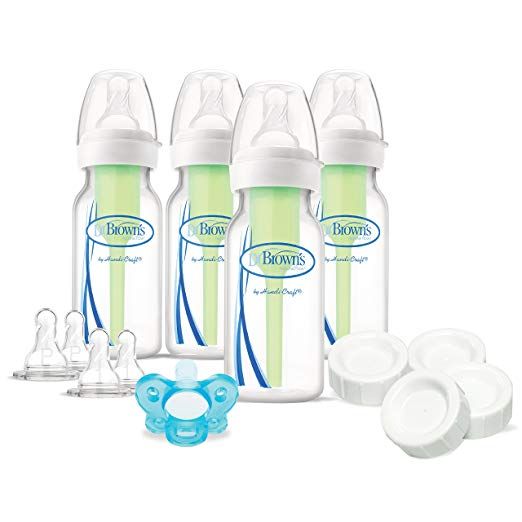 Although recently doctors abroad have been heatedly debating whether containers and nipples should be sterilized, most experts still tend to believe that God saves the safe. At the same time, we can recall the classic rule of the Soviet medical school, which was one of the best and most advanced in its time, but on the basis of which many thousands of doctors all over the world are successfully trained to this day. Soviet practitioners believed that the body of a newborn up to a year old was at great risk, since it had not yet had time to adapt and form a strong immune defense system, so they always insisted on the obligatory sterilization of baby dishes and nipples (sometimes, if the child is premature, weakened and often sick - up to up to 1.5 years). This is especially important during the period when the baby is teething, so that no infection gets into the gum with open wounds. In order not to make a mistake with the choice, you should know that, according to the principle of action, they are divided into:0003
Although recently doctors abroad have been heatedly debating whether containers and nipples should be sterilized, most experts still tend to believe that God saves the safe. At the same time, we can recall the classic rule of the Soviet medical school, which was one of the best and most advanced in its time, but on the basis of which many thousands of doctors all over the world are successfully trained to this day. Soviet practitioners believed that the body of a newborn up to a year old was at great risk, since it had not yet had time to adapt and form a strong immune defense system, so they always insisted on the obligatory sterilization of baby dishes and nipples (sometimes, if the child is premature, weakened and often sick - up to up to 1.5 years). This is especially important during the period when the baby is teething, so that no infection gets into the gum with open wounds. In order not to make a mistake with the choice, you should know that, according to the principle of action, they are divided into:0003
- Electric steam sterilizer for baby bottles cleans containers with steam.
 This is one of the most convenient devices, despite the fact that its price will always be a little more.
This is one of the most convenient devices, despite the fact that its price will always be a little more. - The Microwave Sterilizer is a sealed chamber that holds bottles and water. In the process of heating, sterilization occurs. These devices are easy to use and cost less.
- Cold Sterilizer . The principle of its operation is disinfection with the help of special liquids that must be poured into a container intended for this and drained after treatment through a special hole. They are quite convenient in operation, as well as on the road and travel, since they do not require an electrical outlet.
An indispensable attribute in the care of a newborn will be a baby food warmer, with which you can easily warm up milk, formula, liquid and any other food for your baby. They can also be divided into several modifications:
- Hot water warmer - must be placed in a container filled with boiling water or just hot water, due to which the temperature of the contents of the bottles rises accordingly.
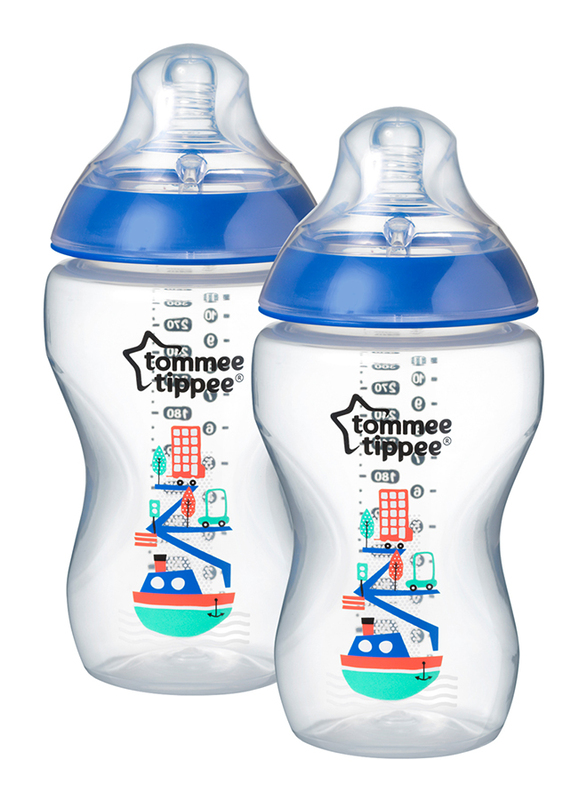

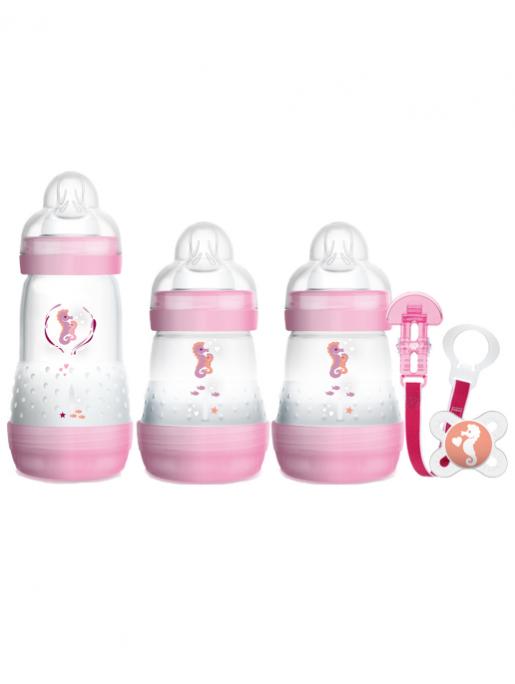
 If a medically necessary liquid, gel, or aerosol alarms during the screening process, it may require additional screening and may not be allowed.
If a medically necessary liquid, gel, or aerosol alarms during the screening process, it may require additional screening and may not be allowed.